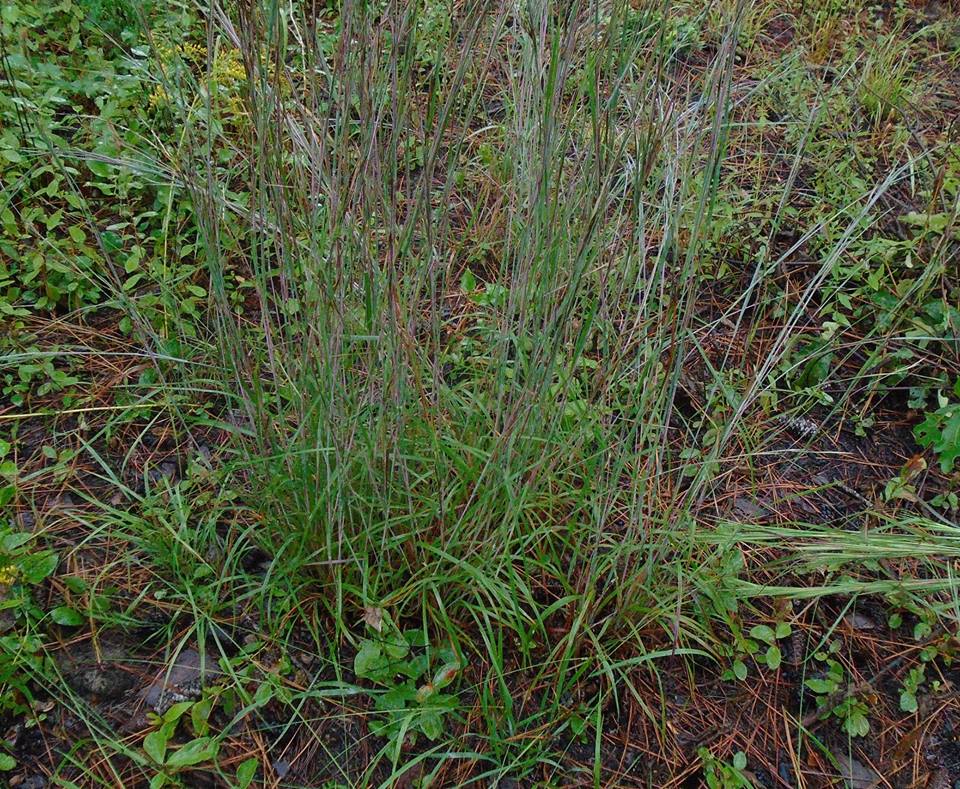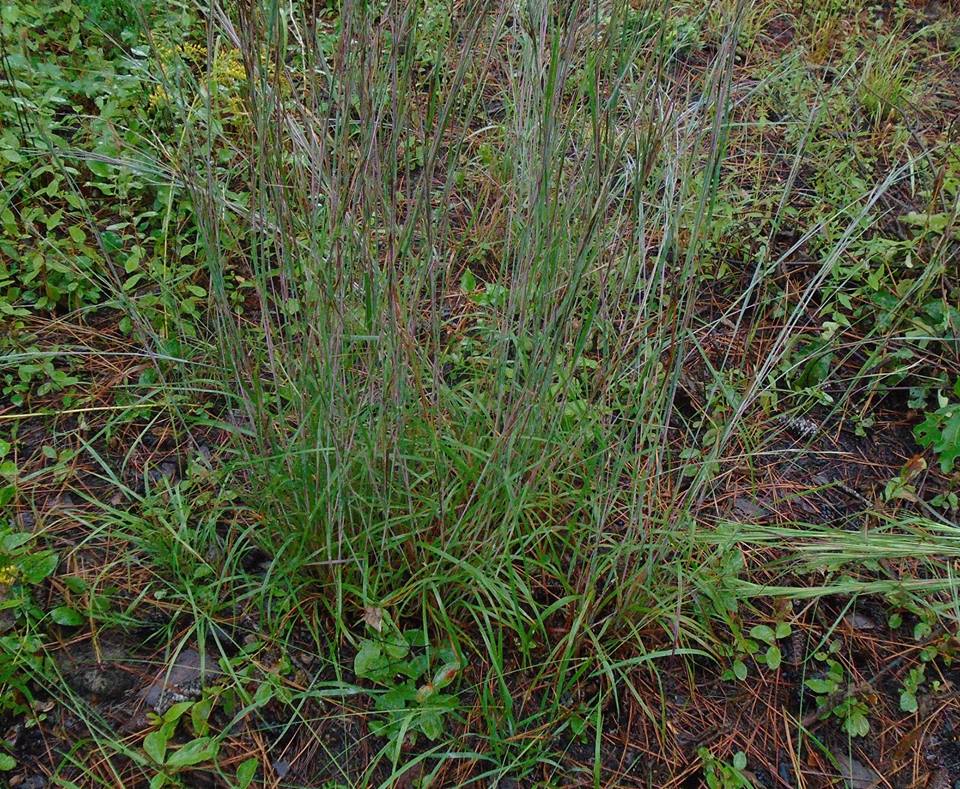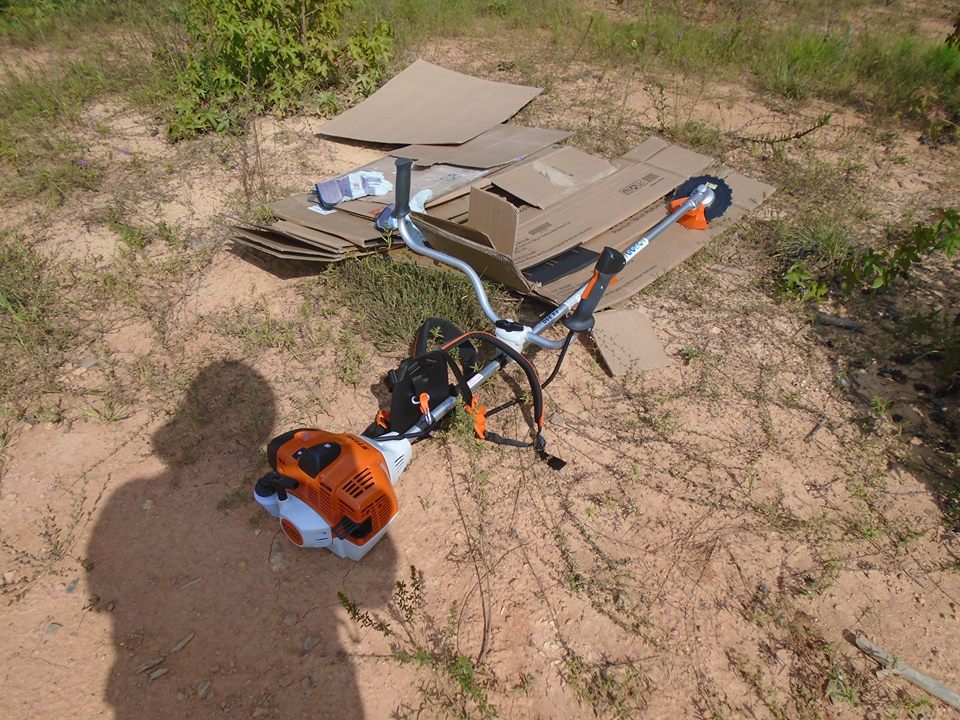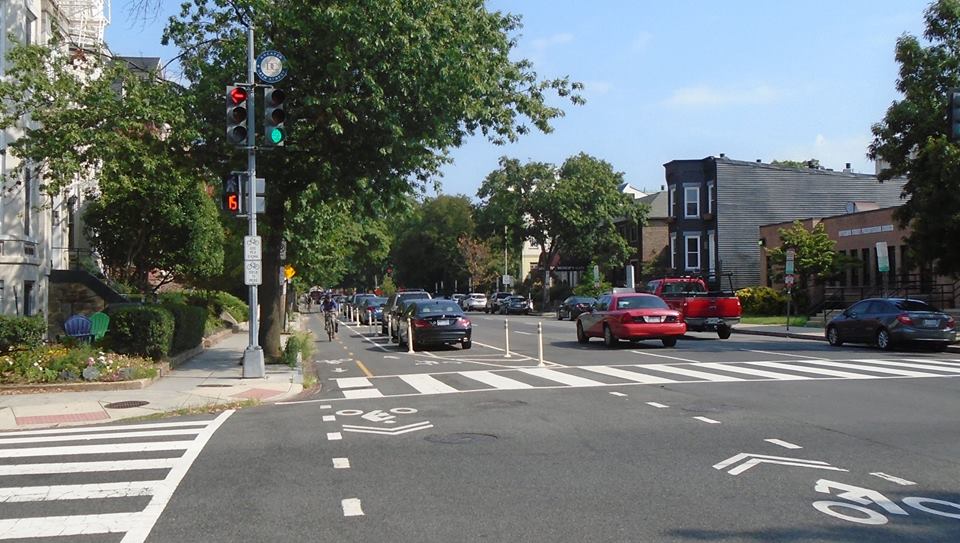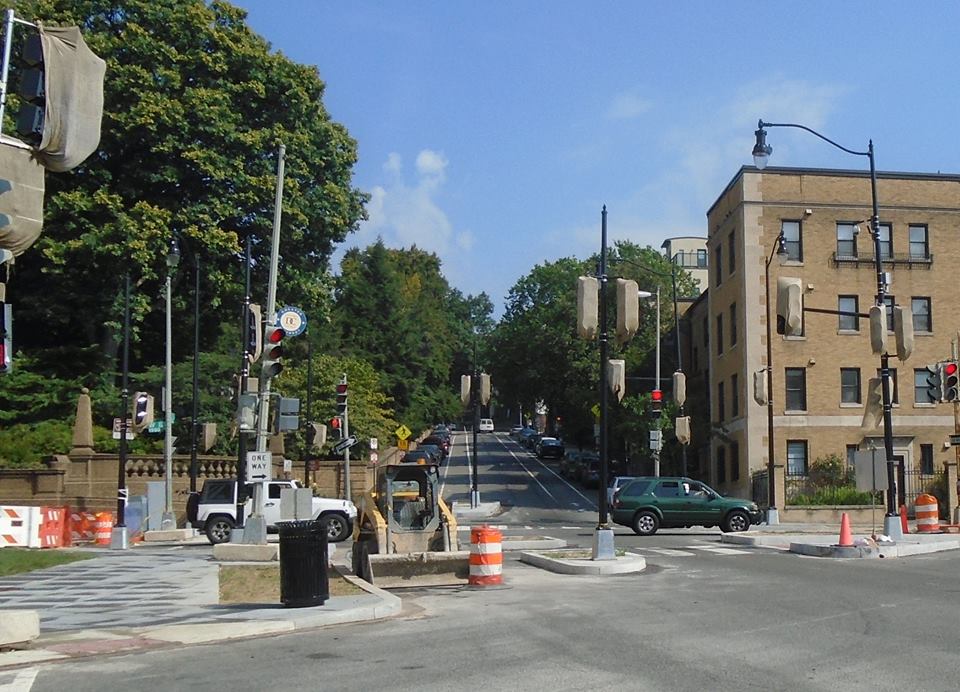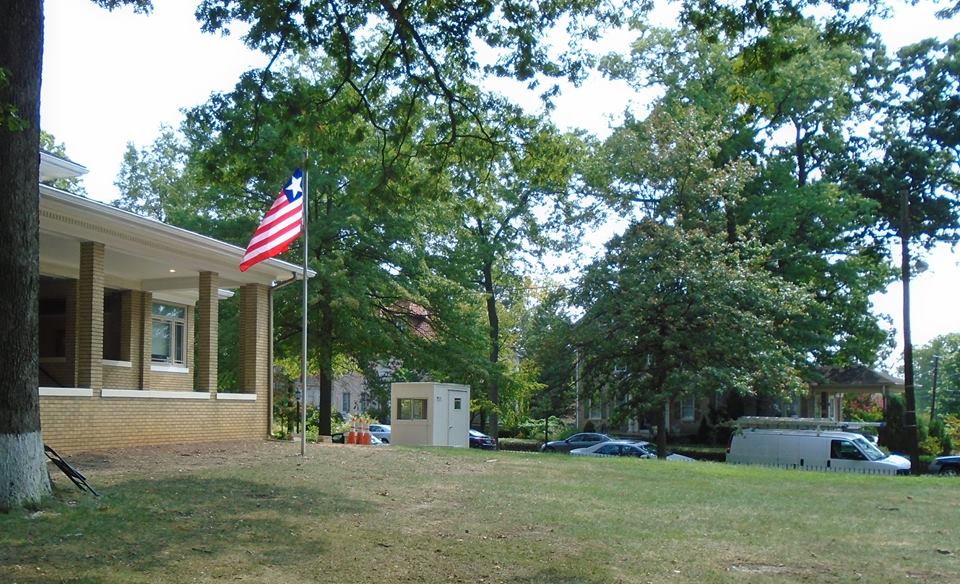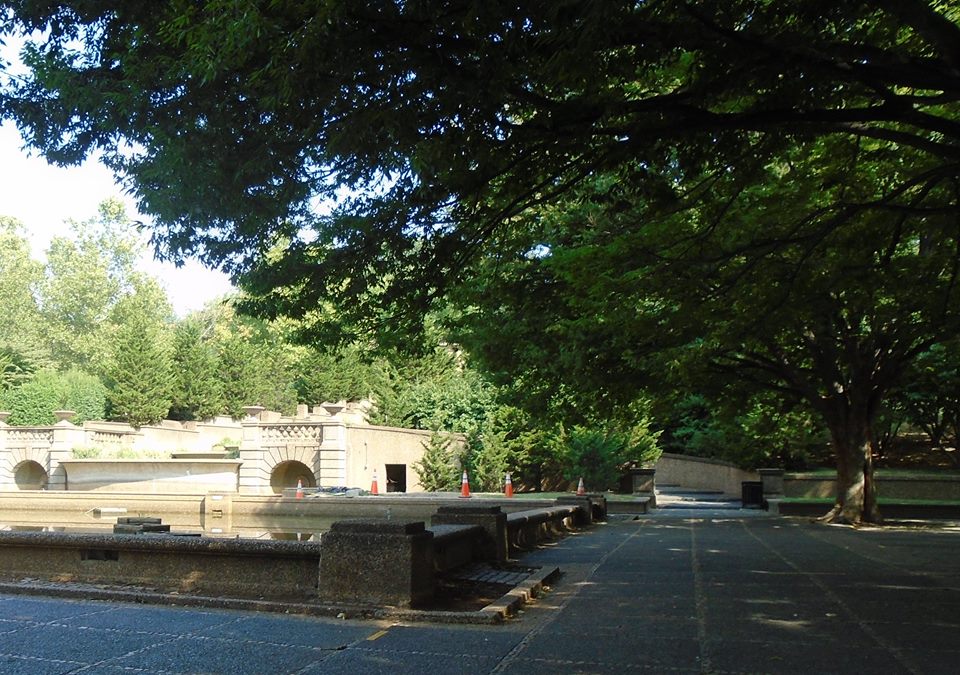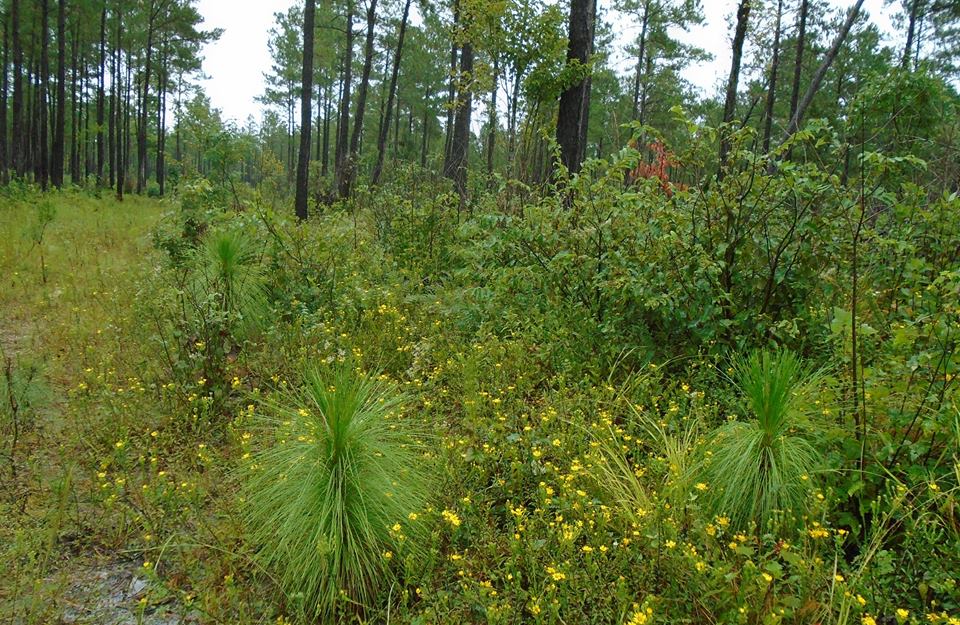
It rained the whole time I was down on TNC’s Piney Grove Preserve near Waverly in south-east Virginia, but it didn’t rain hard most of the time and never hard enough to stop us from exploring the pine savannas. The preserve was established primarily to save the habitat of the last red cockaded woodpeckers in Virginia.
Bobby Clontz has the best job. He is the steward for 3200-acre preserve. He explained that when TNC got the land, there were only two families of red cockaded woodpecker on the land. They figured that when they protected the land, the population would quickly recover. It did not. In fact, they had to bring in a few birds from the Carolinas to Virginia. But they still were not thriving, until TNC started burning more frequently. Fire is the key to health of a southern pine ecosystem and so it is the key to health for the RCW.
There are now thirteen families of red cockaded woodpeckers on the property. They still need care, but what TNC is doing is clearly working. It is a constant learning experience. Nature is dynamic and land managers need to constantly be learning, doing and learning from doing.
The Piney Grove Preserve is still mostly loblolly. It was timberland until the TNC got it, and it was very thick and overstocked. Since TNC got the land, they have been thinning and burning, making the forest more open, as it would have been in the past.
I was interested in longleaf restoration. Longleaf have been almost extirpated from this part of Virginia, but were once common. TNC is reintroducing them gradually. For example, they have thinned one stand to 40 DBH, i.e. very open. The longleaf are planted under them. They are a little slow to break out, but they are growing. It will take a long time – decades – for the longleaf to come into their own, but the slow transition is more natural.
My first photo shows the longleaf coming in under the lobolly. Next is a burned area. It was burned in April. Look how fast it greens out. The third picture is the kind of cover you want. This is little blue stem grass. It grows in clumps, as you see. This is important because it allows water to run between and allows wildlife such as quail to maneuver on the ground and under cover. The last picture shows shortleaf pine sprouts. Shortleaf can burn to the ground and still grow back. This is different from longleaf that burns to the terminal bud and than regrows. Most pines will not grow back at all if burned or cut back to the ground.
This is the link to the TNC page about Piney Grove.


